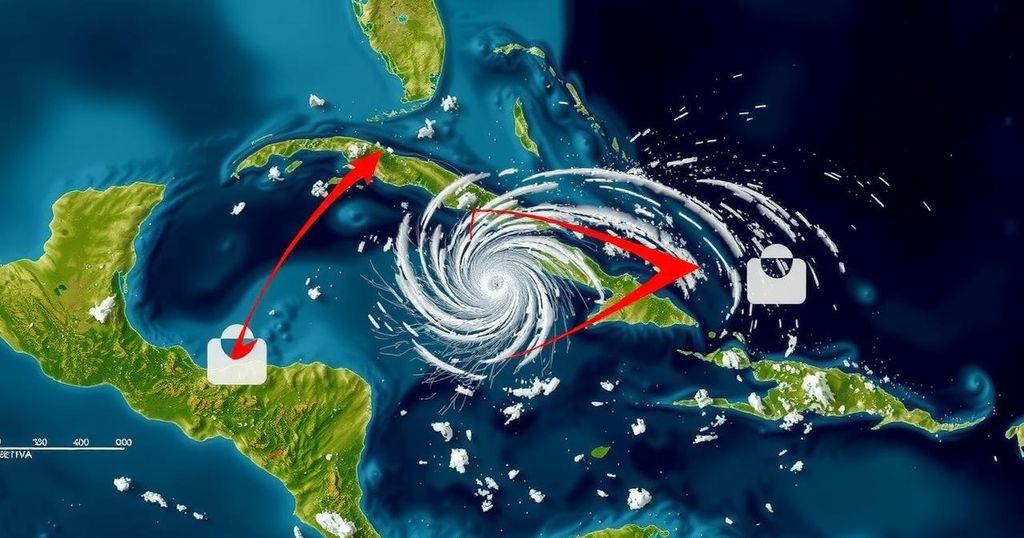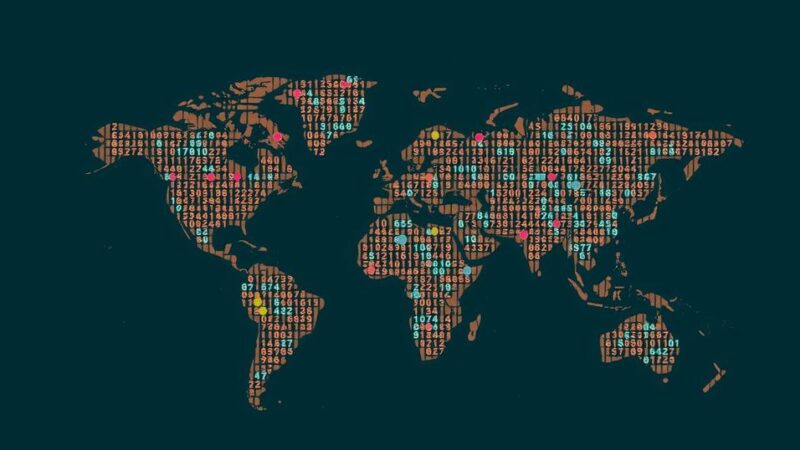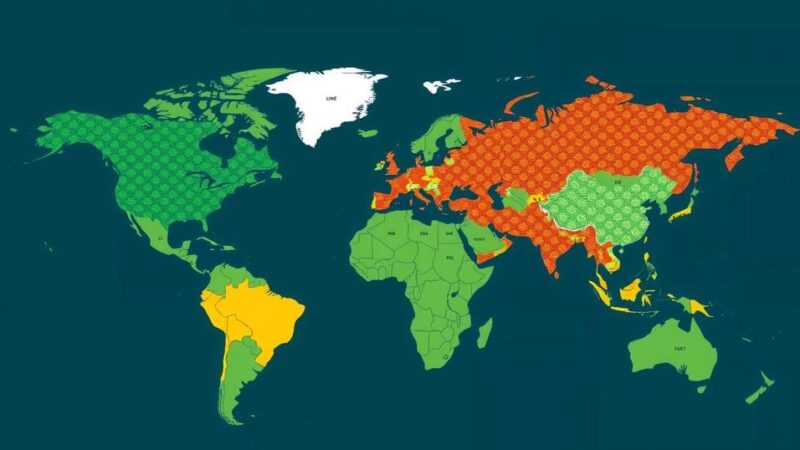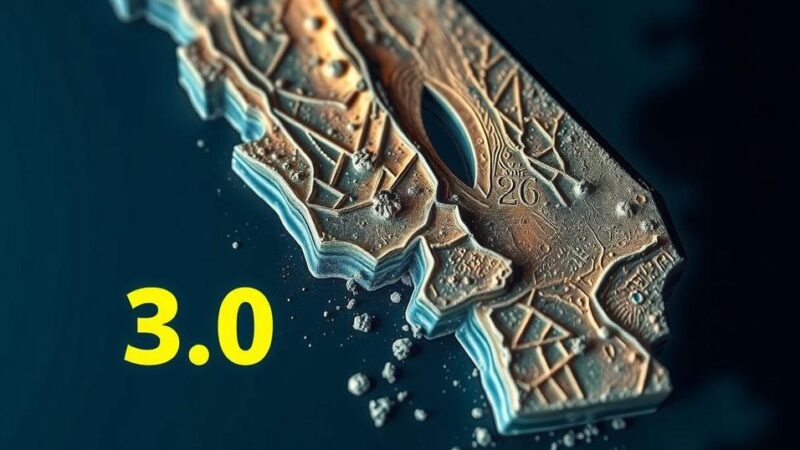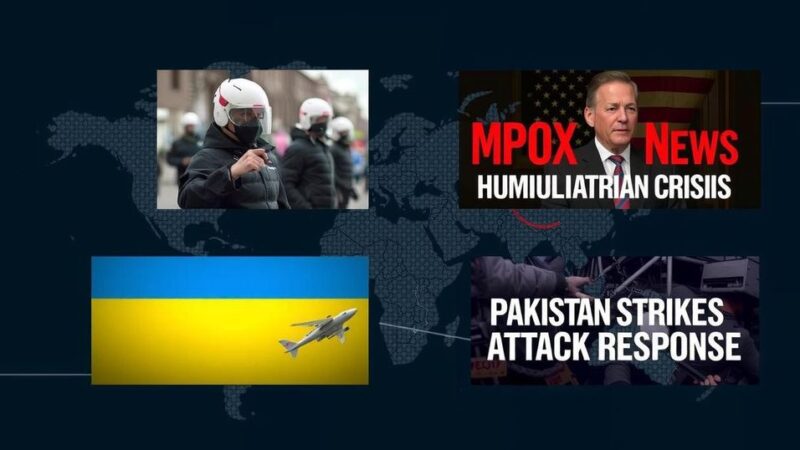Hurricane Rafael, a Category 2 storm, is moving west across the Gulf of Mexico, likely to weaken to a tropical storm by Sunday. Warning for the Dry Tortugas has ended, but dangerous surf conditions persist. It impacted Cuba as a Category 3 hurricane, damaging electrical infrastructure. Predictions indicate a 20% chance of a new disturbance in the region. The next tropical storm name is Sara.
Hurricane Rafael, currently classified as a Category 2 storm, is anticipated to gradually move westward across the Gulf of Mexico over the next several days. This trajectory exposes the storm to less favorable conditions, including significant wind shear, dry air, and cooler sea temperatures, all of which may contribute to a reduction in its intensity. Forecasts from the National Hurricane Center suggest that Rafael could downgrade to a tropical storm by the time it approaches the Mexican coastline on Sunday. As of the most recent update on Thursday at 7 a.m., the tropical storm warning for the Dry Tortugas has been lifted, and there are no other active watches or warnings currently in effect. Nevertheless, meteorologists have warned that Rafael may lead to dangerous surf and rip current conditions across the Gulf, posing a threat to public safety. On Wednesday, Hurricane Rafael made its landfall in western Cuba as a Category 3 hurricane, causing considerable disruption to the nation’s already fragile electrical grid. This follows the destruction wrought by Hurricane Oscar earlier in the month, which resulted in eight fatalities and the destruction of 20,000 homes. Forecasters have also reduced the likelihood of additional tropical disturbances forming in the northern region near Puerto Rico and Haiti, now evaluating it as a 20% chance of developing into a tropical depression within the next week. The next hurricane name on the list is Sara.
Hurricane Rafael is a significant weather event, having recently impacted Cuba as a Category 3 hurricane and creating a critical situation for infrastructure and public safety in the region. Its movement through the Gulf of Mexico is closely monitored due to the potential for it to weaken significantly from its current status. The effects of hurricanes in this region often include intense winds, heavy surf, and the associated risk of rip currents, which necessitate public warnings and advisories. Furthermore, the storm follows a series of disturbances in the Caribbean, heightening concerns for the communities at risk.
In summary, Hurricane Rafael is currently a Category 2 storm navigating the Gulf of Mexico with expectations of weakening as it encounters challenging environmental conditions. The recent impact on Cuba highlights the severe consequences of hurricanes on infrastructure. While efforts are underway to assess the storm’s trajectory, the public is advised to remain vigilant regarding possible surf and rip current hazards. Observers should also note that the National Hurricane Center continues to monitor any potential formations that could arise within the region.
Original Source: www.tampabay.com
